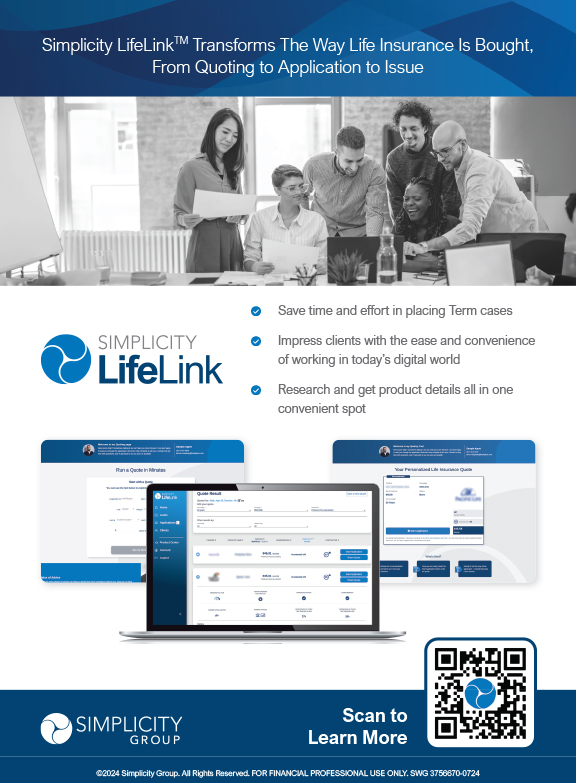How do you tell when a government official who is pontificating about the ACA is lying? His lips are moving.
The Centers for Disease Control and Prevention’s (CDC) National Center for Health Statistics, reporting data from the 2013 National Health Interview Survey, indicated that through the first nine months of 2013, 45 million people were uninsured at the time of the interview, 56 million had been uninsured at least part of the year prior to the interview, and 33.7 million had been uninsured for more than a year at the time of the interview. Figures for adults aged 18-64 over the same period were 20.5 percent uninsured at the time of the interview, 16.5 percent had public health plan coverage, and 64.4 percent had private health insurance coverage. Yes, the percentages add up to more than 100, but any rambling that involves “Mystics with Statistics” needs to start somewhere.
So where does the number of uninsured Americans sit now after the ACA enrollment period? Whitehouse.gov claims that “over 7 million people have signed up for private health coverage”—presumably through the Health Insurance Marketplace. Gallup says that the percentage of uninsured declined from 18 percent in fall 2013 to 15.9 percent through the first two months of 2014. The Rand Corporation estimates a decline from 20.9 percent last fall to 16.6 percent as of March 22—but those numbers reflect only those aged 18-64. Rand suggests that there has been a net gain of 9.3 million American adults with health insurance coverage from September 2013 to mid-March 2014. In their analysis they postulate that of the 40.7 million uninsured, 14.5 million gained coverage, while 5.2 million of the insured lost coverage. Their 9.3 million number represents not only people who enrolled in marketplace plans, but also gains in employer-sponsored insurance (ESI) and Medicaid expansion. They estimate that enrollment in ESI increased by 8.2 million; Medicaid enrollment increased by 5.9 million; and 3.9 million were covered through the state and federal marketplaces, but this last figure does not fully capture the enrollment surge that occurred in late March. Admittedly I can be about as sharp as salad tongs when it comes to assimilating numerical data beyond the scope of my fingers and toes, but there seems to be no way to achieve a clear picture of the actual number of the previously uninsured now finding coverage due to the ACA—a number to which taxpaying Americans should be privy absent the misdirection foisted upon them by their elected officials.
The Rand estimates were extrapolated from a small survey—2,425 adults between the ages of 18 and 64 who responded to both the September 2013 and March 2014 surveys—to the entire United States population, and they admit a margin of error for the newly insured of 3.5 million people. But at least one conclusion that they draw seems quite supportable—the ACA has led to a substantial increase in insurance coverage, not only from new enrollment in the marketplaces, but also from new enrollment in ESI and Medicaid.
That many Americans are being helped is undeniable. The elimination of pre-existing condition denials as well as elimination of lifetime and annual dollar limits stand out immediately. That many will see a substantial improvement in their quality of care seems likely. But in my view, also likely is that the ACA is flawed and unsustainable as it stands without incurring monstrous cost.
As important in this forum is the question of how agents working in the health insurance industry are to find a role that enables them to continue to serve clients valuably and find a way to thrive financially. Diversifying your practice with new markets and products; helping employers work through all plan options both in and outside the exchanges, combined with more in-depth fact-finding about owner and employee coverage gaps in other areas; and voluntary product offerings and wellness programs to increase the appeal of benefits packages seem to be a few of the service-oriented directions most frequently discussed.
Broker World would like to formally thank monthly columnist Jack Marrion and Jeremy Alexander of Beacon Research for their invaluable work in putting together this year’s Fixed Annuity Marketing Analysis. Beacon Research was founded in 1997 by Alexander and sets the industry standard in quality annuity data. They started the industry’s first and only quarterly study to track and analyze fixed annuity sales at the product level, as well as the first credited rate benchmark series, and now include indexed and variable annuities in their database. Beacon offers a suite of products including: AnnuityNexus Market Intelligence—a fixed product and interest rate research, reporting and support tool designed for annuity issuers; AnnuityNexus Sales Support—a fixed annuity support tool created to help wholesalers compare products; the Fixed Annuity Premium Study—fixed annuity industry, company and product-level sales reports and analytical tools; and Variable AnnuityNexus—with variable product profiles, documents and Beacon’s VA Tracker. For more information visit www.beaconresearch.net.
Fortuitous timing perhaps, as our friends at NAILBA have informed us that they have joined with the Coalition for Annuity Awareness, comprised of industry associations who serve consumers by helping them understand annuity products, in declaring June National Annuity Awareness Month. Along with other members of the CAA, NAILBA will provide educational material, webcasts and social media communications to help educate financial professionals and the public on the important role fixed and variable annuity products play in helping Americans save for retirement. [SPH]
























